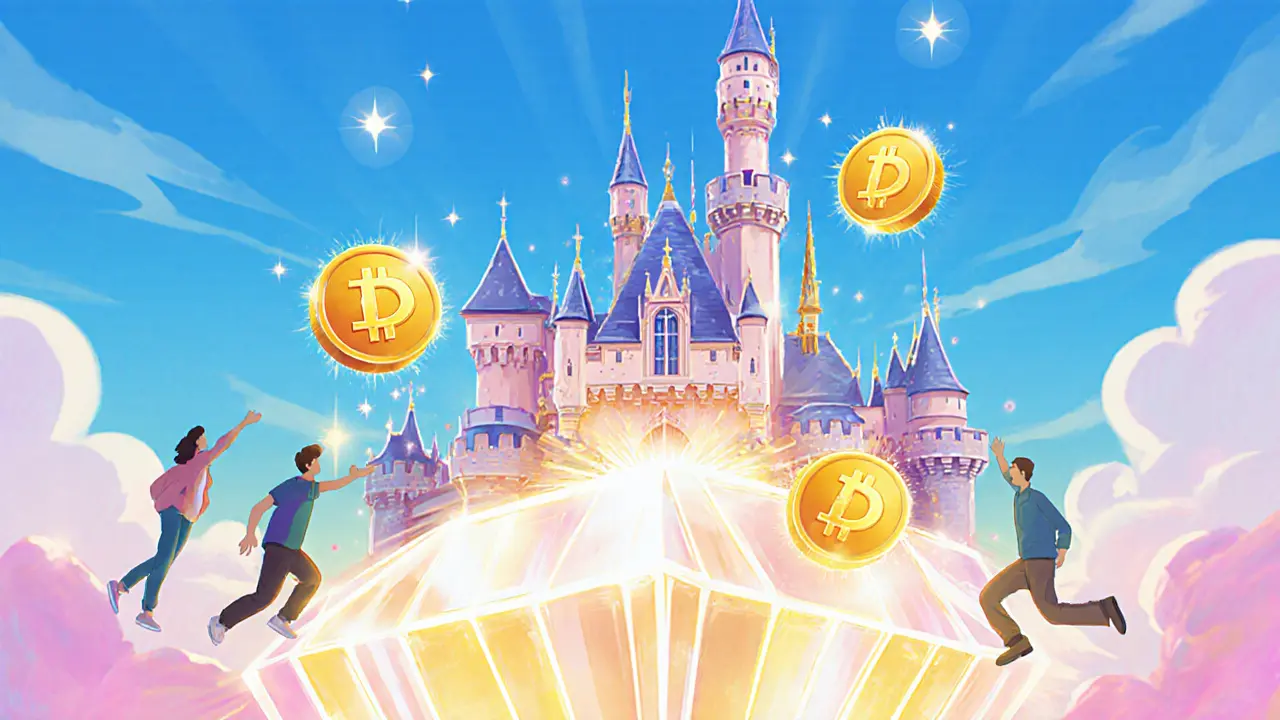ERC-20 Tokens – Guides, Reviews, and Airdrop Insights
When you work with ERC-20, a technical standard for creating fungible tokens on the Ethereum blockchain, also known as Ethereum Request for Comments 20, you’re tapping into the most common way to launch a token. The ERC-20 standard defines how tokens behave, how they’re transferred, and how wallets read them. Ethereum, the public, permissionless blockchain that hosts ERC-20 contracts provides the network layer, while smart contracts, self‑executing code that enforces token rules execute the standard’s logic. Together they enable a huge variety of DeFi, decentralized finance applications like lending, swapping, and yield farms products. Finally, tokenomics, the economic design behind supply, distribution, and incentives shapes how each ERC-20 token gains value. In short, ERC-20 links the blockchain, code, finance, and economics into one package.
One of the first questions new investors ask is how tokenomics affects risk. An ERC-20 token’s supply schedule, vesting periods, and allocation to developers or teams are all baked into the contract. If a large share is held by a few wallets, price swings can be dramatic when those owners sell. Conversely, a well‑designed token may include mechanisms like burn functions or liquidity rewards to support a stable market. Understanding these details helps you spot red flags before you commit capital. Many of the articles below break down tokenomics for specific projects, so you’ll see real‑world examples of how supply caps and reward models play out.
DeFi platforms rely heavily on ERC-20 tokens because the standard makes integration painless. A decentralized exchange (DEX) can list any ERC-20 token without writing custom code; the same goes for lending protocols, automated market makers, and synthetic asset wrappers. This plug‑and‑play nature fuels rapid innovation but also creates a flood of low‑quality tokens. Learning how the ERC-20 interface works – the balanceOf, transfer, and allowance functions – lets you read a token’s contract and verify that it follows the expected pattern. Our collection includes deep dives into DEX reviews and perpetual contract platforms, showing how each project leverages the ERC-20 standard.
Airdrops are a popular way to distribute ERC-20 tokens to a community. Since the token contract already knows how to credit balances, developers can simply call a batch transfer to thousands of addresses. However, not every airdrop is legit. Fake projects often copy the ERC-20 interface and promise free coins, then disappear with the funds. Spotting a genuine airdrop means checking the contract source on etherscan, confirming the team’s identity, and looking for an audit report. Several guides in this list walk you through the verification steps for high‑profile airdrops, so you can avoid scams and claim real rewards.
Security is another critical angle. Smart contracts are immutable once deployed, so any bug in the ERC-20 implementation can be costly. Common issues include missing checks on overflow, incorrectly set ownership, or flawed approval logic that enables phishing attacks. Audits by reputable firms can catch these problems before launch. When a token passes a thorough audit, it reduces the likelihood of an exploit that could drain users’ balances. In our reviews of exchanges and token projects, we highlight audit status and any known vulnerabilities, giving you a clearer safety picture.
Beyond finance, ERC-20 tokens have entered gaming, social platforms, and governance. GameFi projects mint in‑game currencies as ERC-20 tokens that players can trade on secondary markets. Social tokens let creators issue personal tokens that fans can buy, sell, or use for exclusive content. Governance tokens, often ERC-20, let holders vote on protocol upgrades, creating a direct link between token ownership and decision‑making. These use‑cases illustrate how the ERC-20 standard has become a building block for many new digital experiences. The articles below cover everything from play‑to‑earn tokens to DAO voting mechanisms.
Below you’ll find a curated set of guides, reviews, and how‑to articles that dig into the ERC-20 ecosystem. Whether you’re evaluating tokenomics, checking a DeFi platform, verifying an airdrop, or learning about security audits, the collection offers practical insights you can apply right away. Dive in and explore the detailed coverage that follows.
What Is Disney Tokenized Stock (DISon) - The Full Guide
Explore Disney Tokenized Stock (DISon): what it is, how it works, where to trade, buying steps, risks, and future outlook for this ERC‑20 token backed by Disney shares.
read more

